Fall planting, especially for perennials, seems to be gaining ground. It’s long been known that shrubs, plants, and trees can be planted in the fall. In fact, it’s one of the best times of year to plant perennials, and they often do better for it.
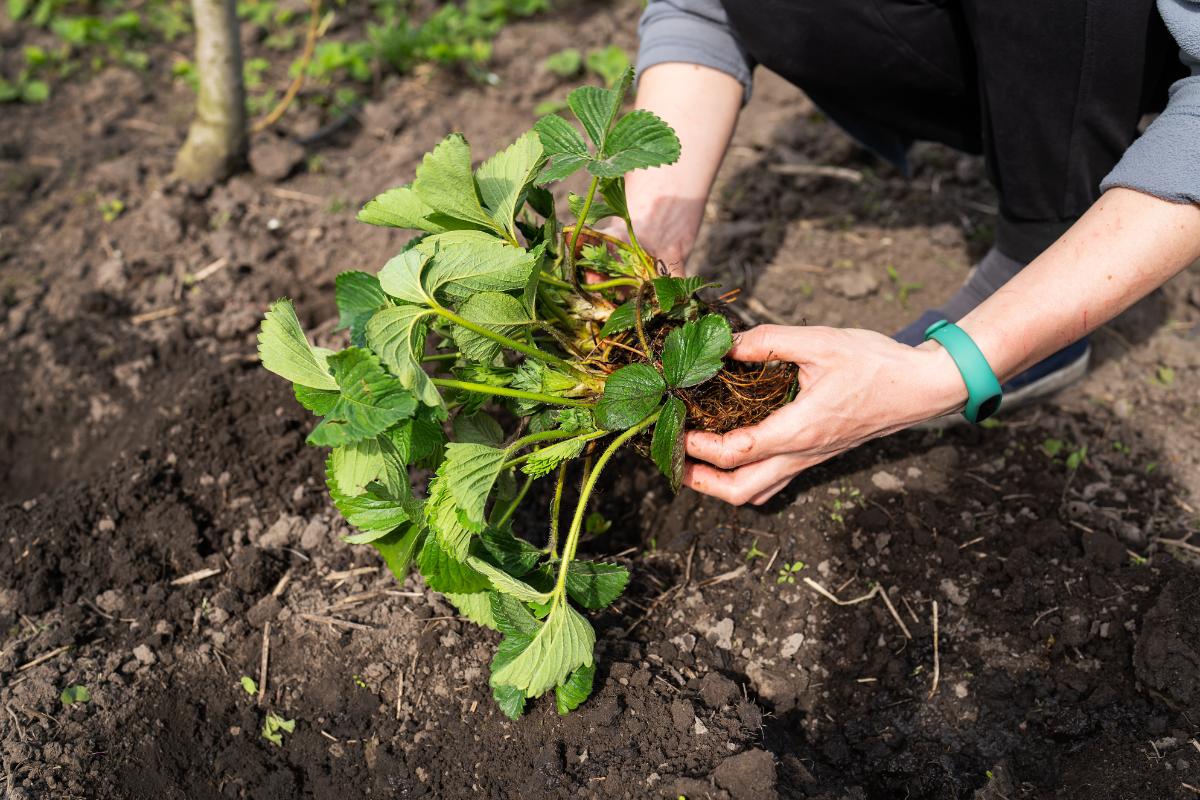
Jump to:
- Benefits of Planting Edible Ground Covers in the Fall
- Other benefits of fruiting ground covers
- 7 Excellent Edible Fruiting Groundcovers to Plant in the Fall
- 1. Strawberries
- 2. Cranberry
- 3. Groundcover Raspberries
- 4. Wintergreen
- 5. Lingonberry
- 6. Box Huckleberry
- 7. Low Bush Blueberries
- Fall Planting Has It All
Benefits of Planting Edible Ground Covers in the Fall
Edible ground covers that are planted in the fall require less work and have an easier time getting established.
- Cooler weather promotes root growth, creating stronger plants
- There is less water and heat stress in the fall
- Planting in the fall lets plants get well established and acclimated before they have to face the high stress of summer sun and heat again
- By planting in the fall, the groundcover is in the ground as early as possible in the spring, and it can get a jump on spreading and a jump on spring weeds
- Plants can start growing earlier than you would have a chance to plant them in the spring
- The growth plants get in the fall is almost equivalent to an entire growing season
Other benefits of fruiting ground covers
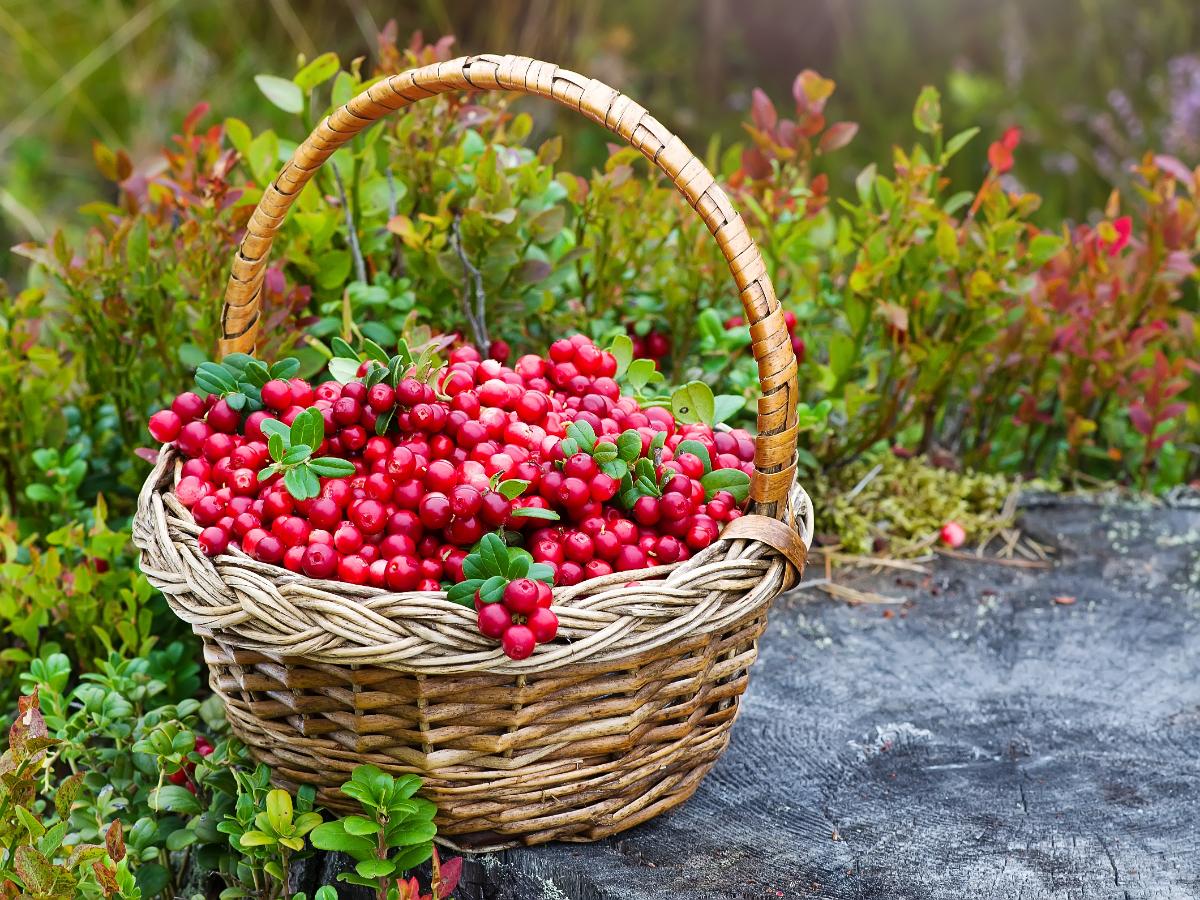
- You get edible berries and fruit!
- They look great and make good, productive use of spaces while looking equally good as ornamental plants
- They often grow in places where grass doesn’t do well
- They replace grass and cut down on yard maintenance and how much you have to mow
- They act as living mulch
- Ground covers keep weeds down
- Help soil retain moisture
- Reduce water usage
- Serve as erosion control
- They’ll trail to fill in bare areas and can spill for a nice look, highlighted by blossoms and colorful berries
- Can be trained into rows or to suit garden designs
- Can be grown in raised beds
7 Excellent Edible Fruiting Groundcovers to Plant in the Fall
All of the following are hardy perennials that can be planted in the fall (and that benefit from planting in autumn). These fruiting groundcovers have good cold tolerance and will continue to develop late into the fall and often into the early parts of winter.
You may not see all of this growth in the first fall season because much of the first fall growth will be root growth under the ground. But that is the first step to establishment, and root growth before plant growth is what makes good, long-lasting perennial plants.
What are some good fruiting ground covers you can plant in the fall?
1. Strawberries
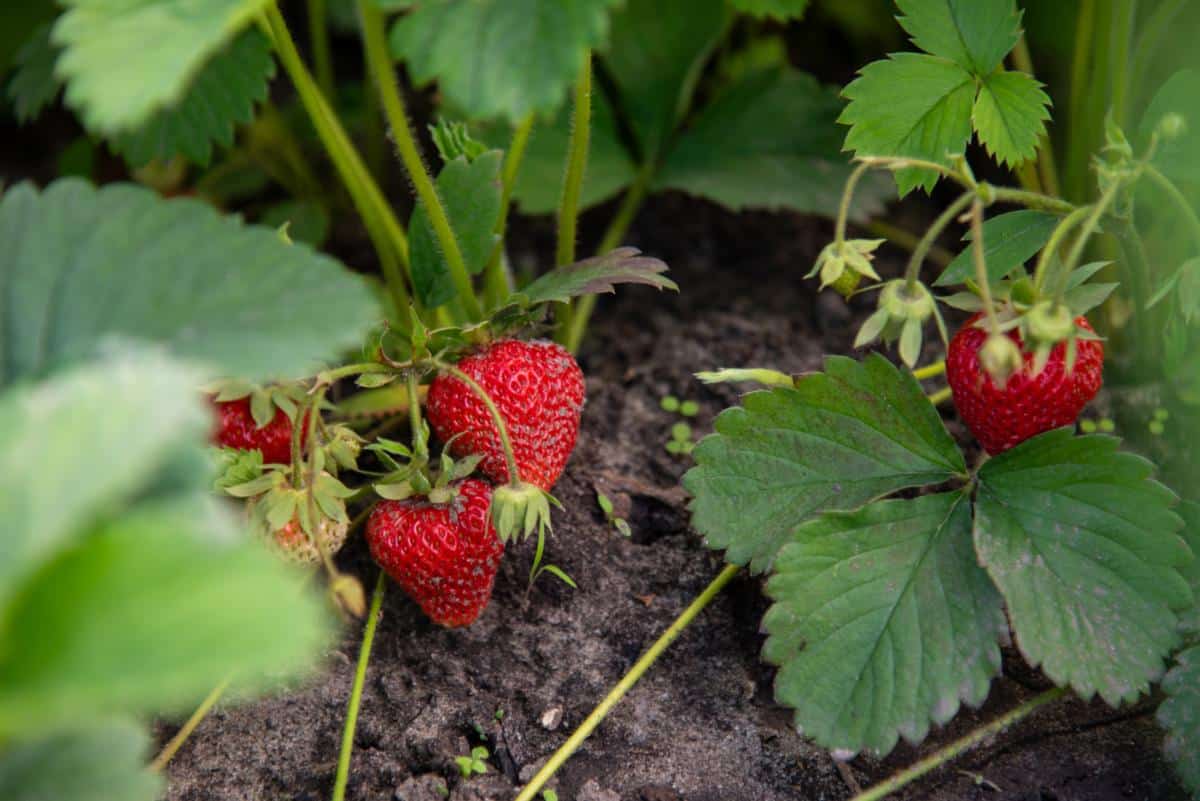
Hardy in Zones 3 through 10 and equivalent climates
Most home gardeners don’t think about planting strawberries until the spring. That’s been the traditional time for home gardeners to plant them, but many commercial growers plant strawberries in the fall.
The reason planting strawberries in the fall is such a good idea is that you gain a whole year of harvesting.
When you plant strawberries in the spring, you have to pinch off the blossoms so the plants can grow roots and get established.
But when you plant strawberries in the fall, they grow roots and get established in the fall and early winter and early spring. So the plants are larger and ready and able to bear fruit in the first summer, without having to pinch the plants and without setting the development of the plants back.
Planting time aside, strawberries grow as mats and send out runners (assuming you plant June-bearing varieties). They make excellent ground covers if you grow them that way!
2. Cranberry
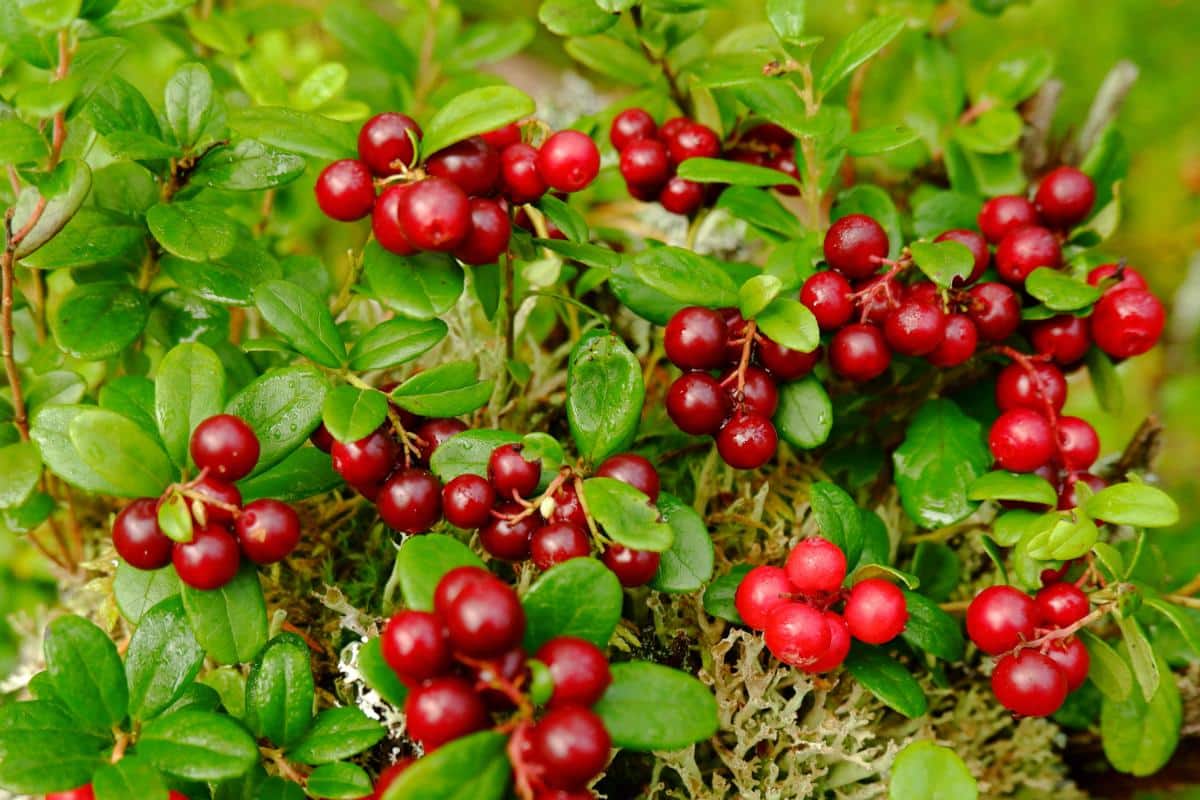
Hardy in zones 2 through 6 and equivalent climates
Cranberries do not need water to grow. That is only for harvest time, and they don’t need to be flooded to harvest, either. Large growers flood bogs to harvest because it’s easier to harvest the massive amounts of berries they grow, but you don’t need to.
In fact, dry-harvested cranberries last much longer than wet-harvested berries. They offer more flexibility. Some commercial growers do dry harvesting, too.
Cranberries can grow in any home garden or landscape.
Cranberries need acidic soil, and as long as it is acidic enough, they can grow in peat, clay, or even sandy soils. They do prefer moist and boggy soil, but soil that drains well and doesn’t have puddling water for extended periods of time.
Cranberries are small, low-growing plants. They stay evergreen all year long, so your fall-planted cranberries will look nice through the winter, too.
3. Groundcover Raspberries
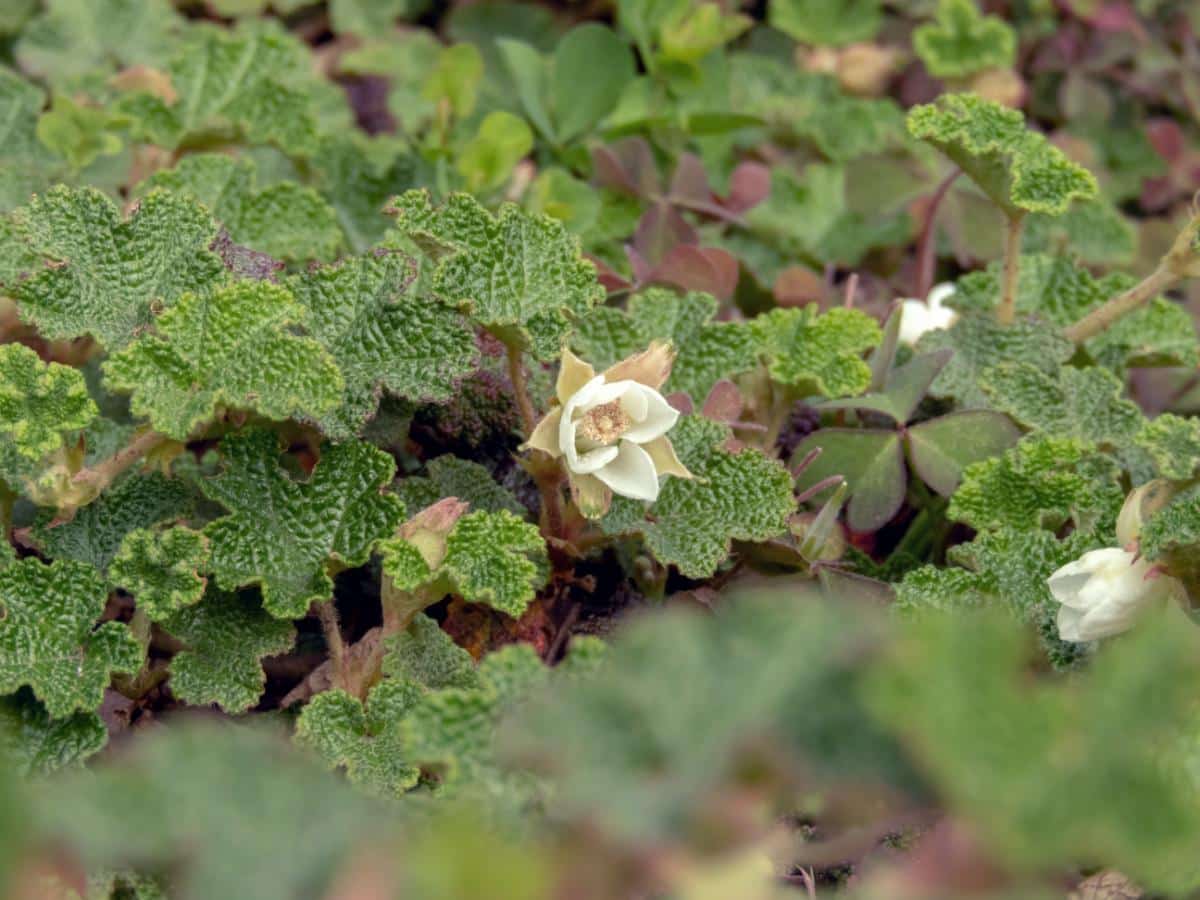
Hardy in zones 2 through 8 and equivalents
Ground-covering raspberries, also known as creeping raspberries, hail from mountainous regions in different parts of the world. Clearly, they know how to take the cold.
Ground cover raspberries are known as tough, hardy plants that can take a range of soils and conditions, and are drought tolerant, too. They flower and fruit the best in full sun but can also survive well in partial shade.
Creeping groundcover raspberries grow quickly. This is a favorable characteristic in a ground cover so that you get that weed-suppressing benefit before weeds have a chance to set in.
There are several varieties to choose from, including red and orange varieties.
Creeping raspberries have colorful foliage in the fall, a nice characteristic that brings interest and flair to your garden spaces as you move through the seasons.
They are low growing, growing to a height of about 5 inches tall. Some are thornless, which is another nice feature!
4. Wintergreen
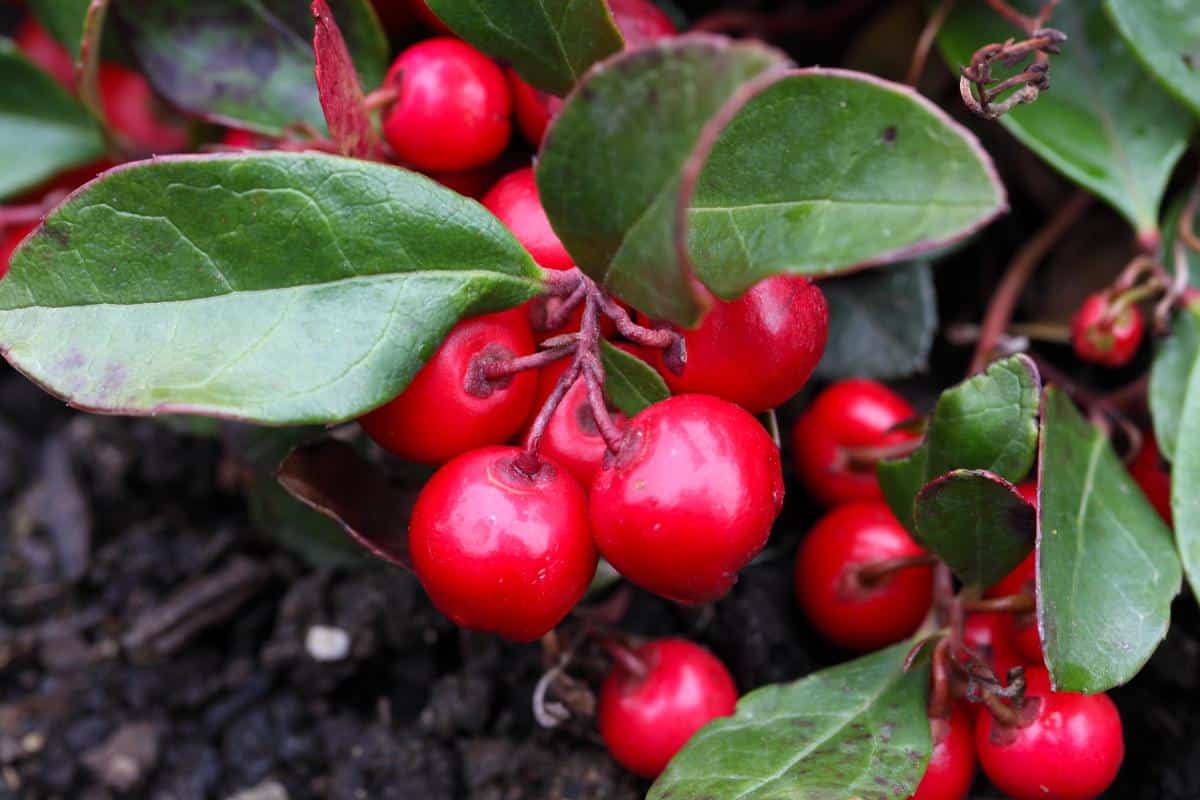
Hardy in zones 3 through 7 and equivalents
Wintergreen is a woodland plant that likes shady, cool spaces. It needs acidic soil to grow well with a preferred pH range of 4.0 to 6.0.
This is a good plant to choose as a living mulch under shrubs, bushes, and trees.
Wintergreen likes moisture, so choose this fruiting ground cover for wetter spots. As a plant that naturally grows under forest trees, it requires good, organic matter to grow in, like a bed rich with old leaves or yard trimmings.
Wintergreen has a minty wintergreen flavor. It is attractive all year round.
In the spring, wintergreen has green leaves and then grows small, white, bell-shaped flowers.
The flowers turn into pretty bright red berries by the fall, which will hold on to the plants through winter if they’re not picked.
Wintergreen is a low-growing, spreading evergreen plant. It holds its foliage through fall and winter, adding color to your garden beds or landscape year-round.
The foliage on many varieties turns a deep red in the fall, which gives it a nice seasonal change.
5. Lingonberry
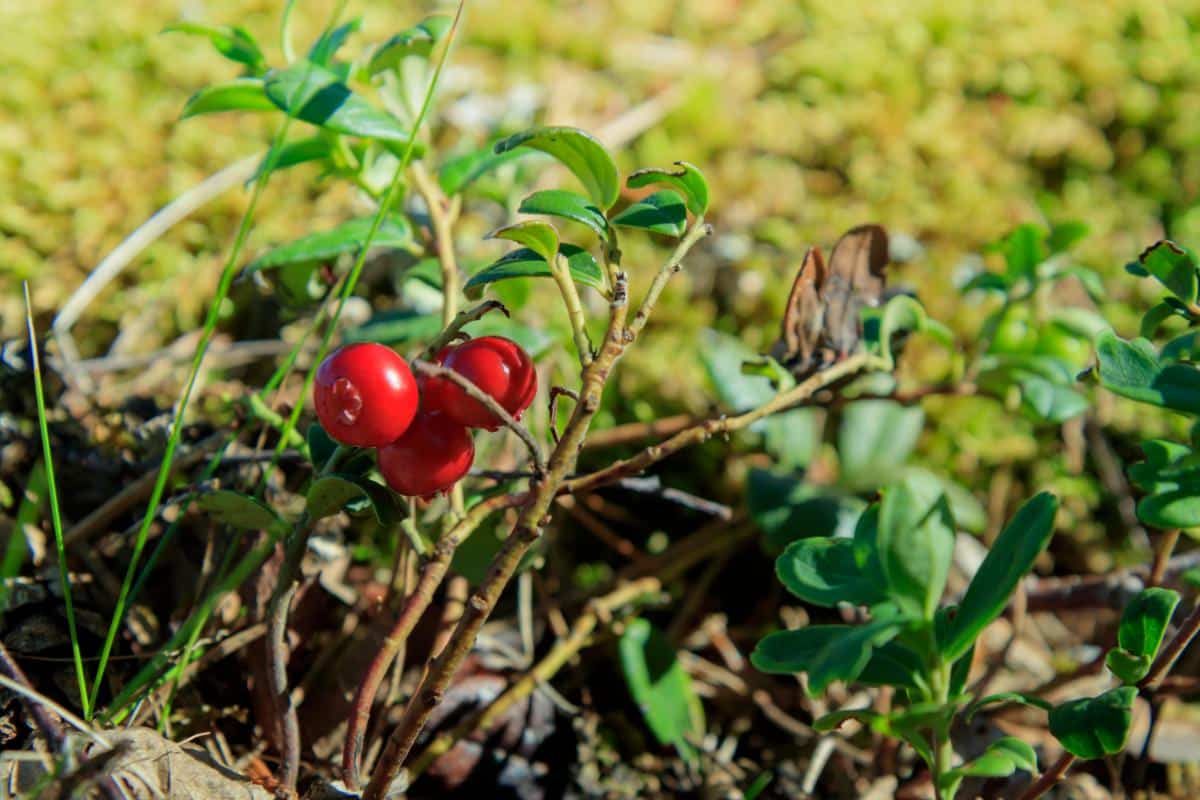
Hardy in zones 2 through 8 and equivalents
Lingonberry is a northern hemisphere plant that is similar in appearance, growth habit, and nutritional properties to cranberry. It is grown in the United States in both home gardens and as a commercial crop.
It is a well-known popular fruit in European and Scandinavian countries.
Lingonberry grows red berries that are tart but lend a nice flavor when cooked and sweetened. It is a popular choice for making lingonberry jam and syrups.
Lingonberry is a cold climate plant that may have difficulty with very hot, extended summers and hot climates. It is unreliable in conditions equivalent to zone 9 and above.
6. Box Huckleberry

Hardy in zones 3 through 7 and equivalents
Box huckleberries are a lower-growing, ground-covering version of huckleberries.
The plants and berries are similar to blueberries (they are distantly related to blueberries).
Box huckleberries will usually come ripe a little later in the summer than blueberries.
Like blueberries, they like acidic soils, and the foliage turns red in the fall, creating a showy display.
Box huckleberries bear better than blueberries do in shade. The ground covering varieties grow up to one foot tall and spread wide. They are another good choice for shady spaces and ground covering under trees and bushes.
7. Low Bush Blueberries
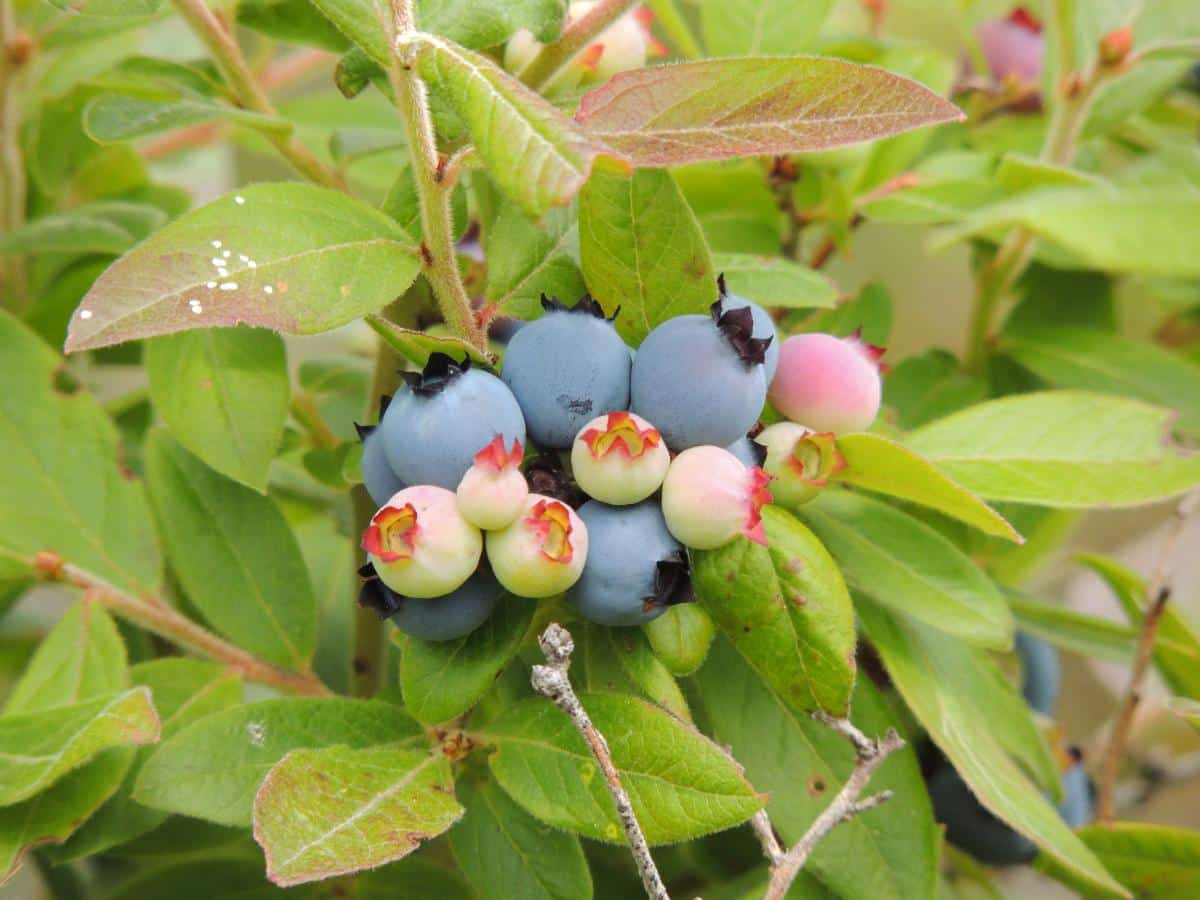
Hardy in zones 3 to 6 (with possible survival in zone 7) and equivalents
Low bush blueberries, or “ground berries” as they are often called, are native to the northeastern United States. Here, they are a truly cold-hardy plant that is known as the best-tasting type of blueberry.
If you have eaten small “wild blueberries,” they were most likely lowbush, ground-covering blueberries.
Lowbush blueberries do not do as well in shady spaces, but they are a good fruiting ground cover in open, full sun.
They spread two ways: through underground rhizomes and from seed.
The plants need a very low pH and a layer of organic material to grow in. The pH should be between 4.0 and 5.0.
One reason home gardeners and landscapers love this fruiting plant is that the leaves and the wood turn red in the fall, and the red wood makes quite a show through winter after the leaves fall off.
Fall Planting Has It All
Planting edible ground covers in the fall is one way to get ahead of weed control long before spring ever starts.
Fall planting is also easier on us as gardeners – there is more time to plant and cooler, more comfortable conditions to work in.
For attractive, useful fall-planted ground covers, look to these seven stunning, useful, edible perennial ground covering plants.

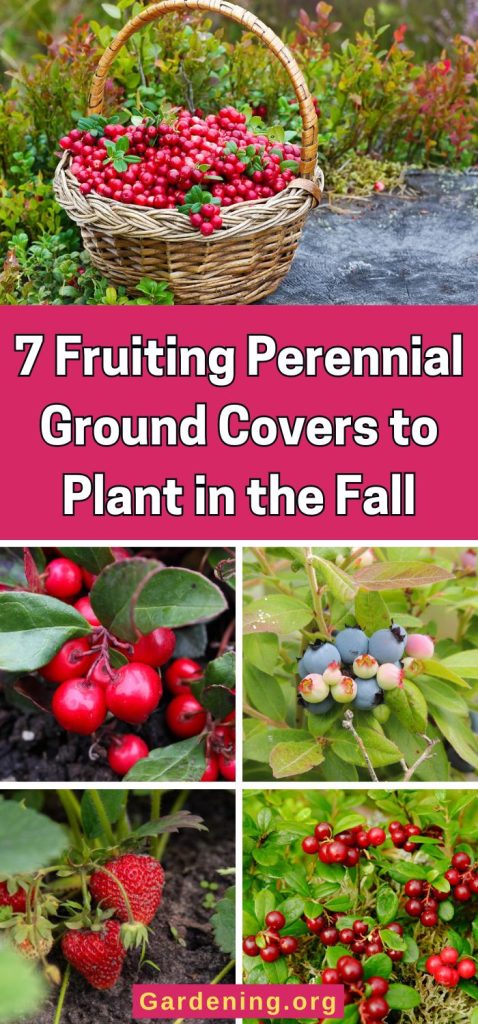
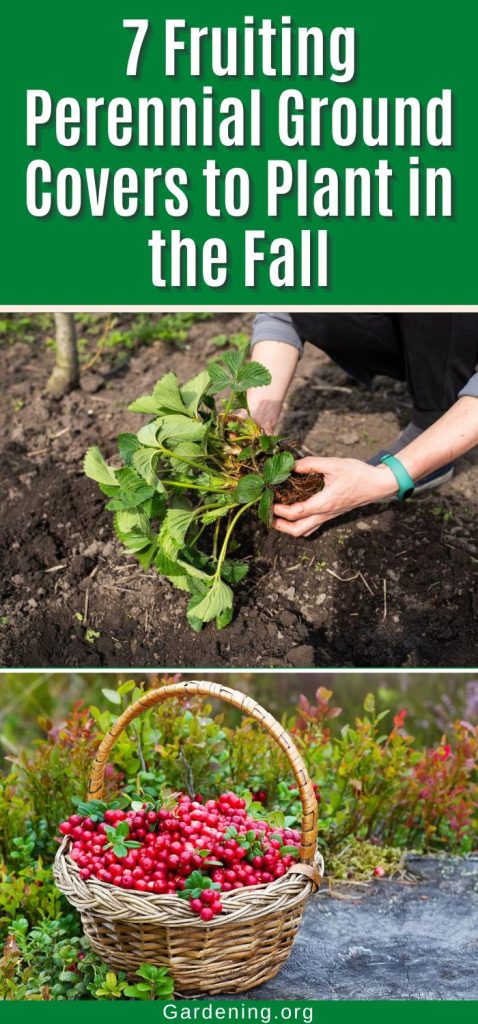
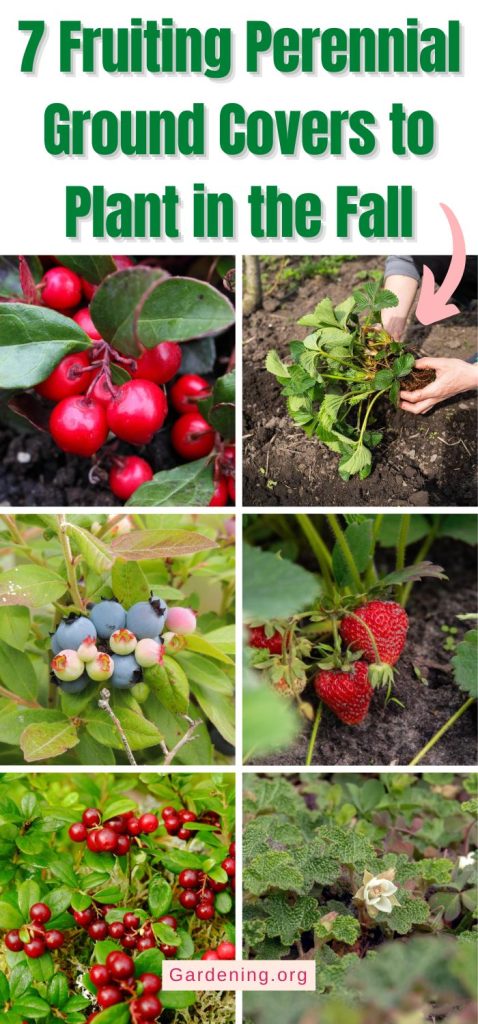
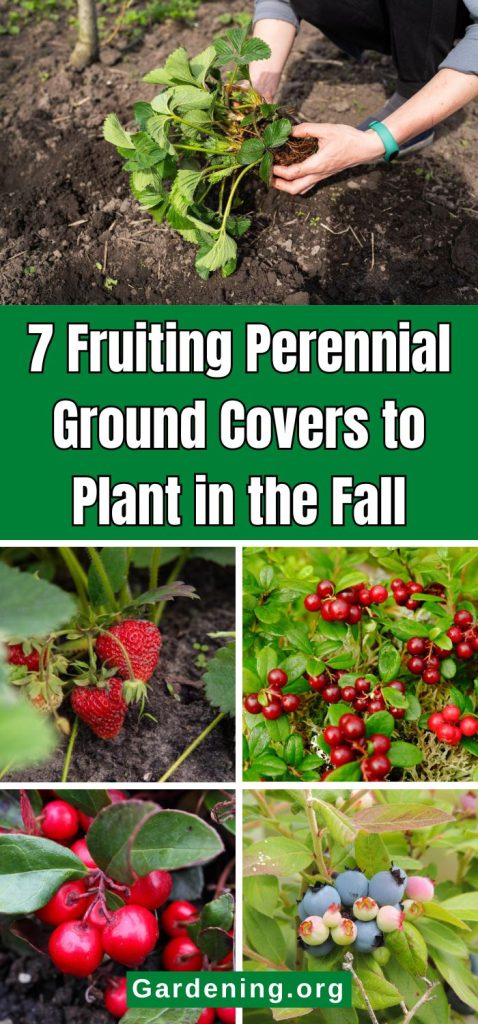
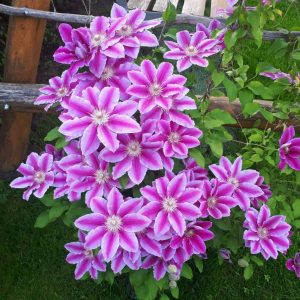
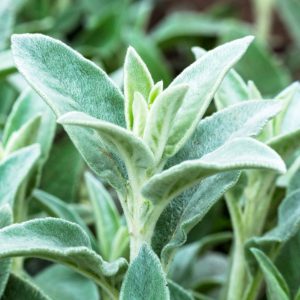

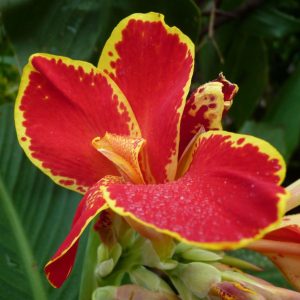
Leave a Reply